FemGen — A Conversation With Sofia Garcia
Leading Women In Web3 Interview Series
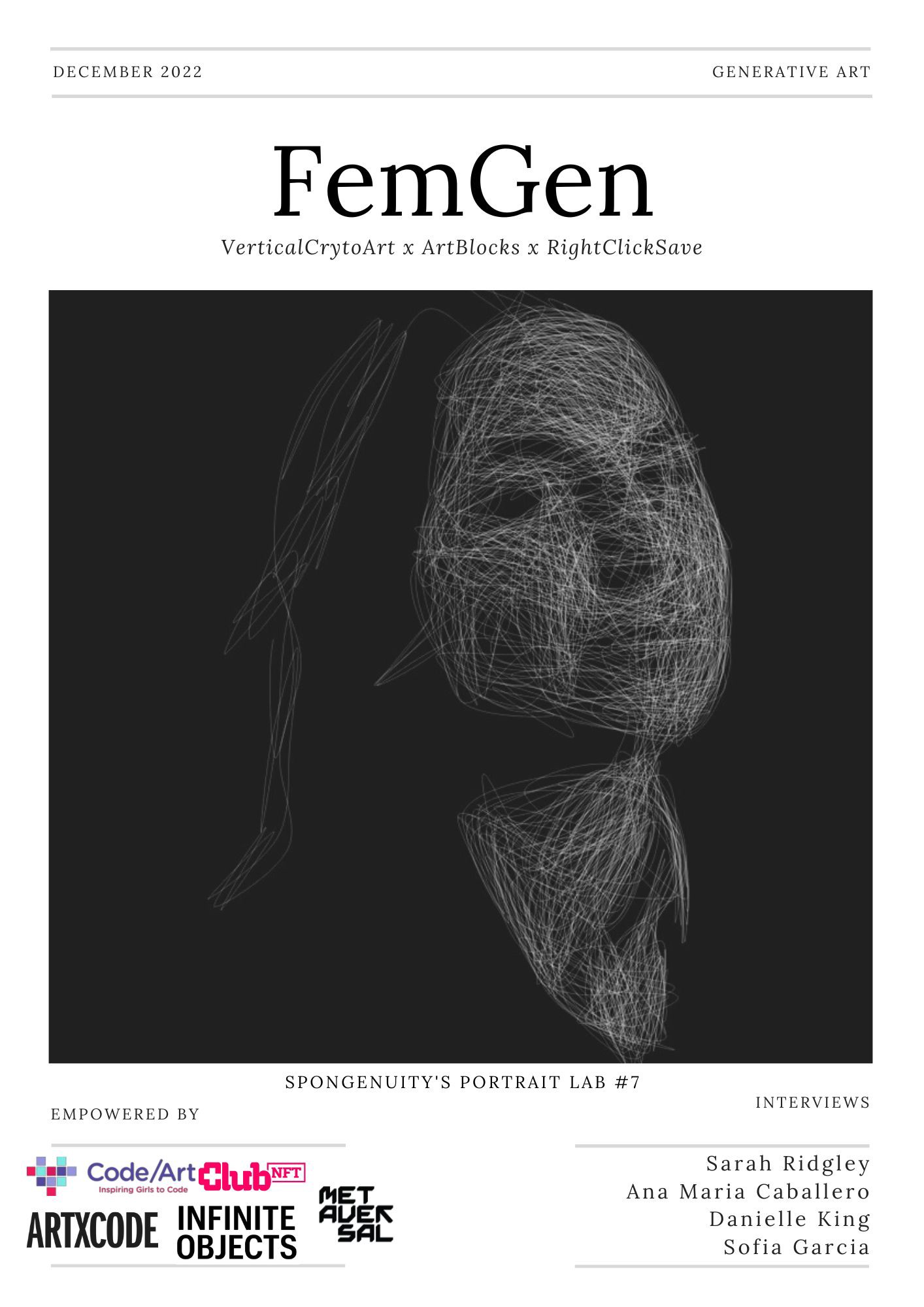
Author Design + Sofia Garcia: Portrait Lab
FemGen, a one-day event & exhibition, was held on 3rd December 2022 during Art Basel Miami highlighting artists identifying as women amongst the generative art and creative coding community.
Sofia Garcia is a highly regarded figure in the world of generative art, known for her work as a curator, advisor, and community builder. She is the founder of ARTXCODE, a generative art house; is one of Apollo Magazine’s 40 Under 40 in Art + Tech | Business; and has served on the curation board for ArtBlocks. Throughout her career Sofia has gained expertise in web architecture, interaction design, animation, and blockchain technology including previous experience working as a blockchain technical design strategist at JP Morgan.
Well-versed in the interface between art, finance and technology — Sofia is founding director of education at Code/Art, a non-profit organization that teaches young girls how to create art using code: inspiring the next generation with the creative possibilities in programming.
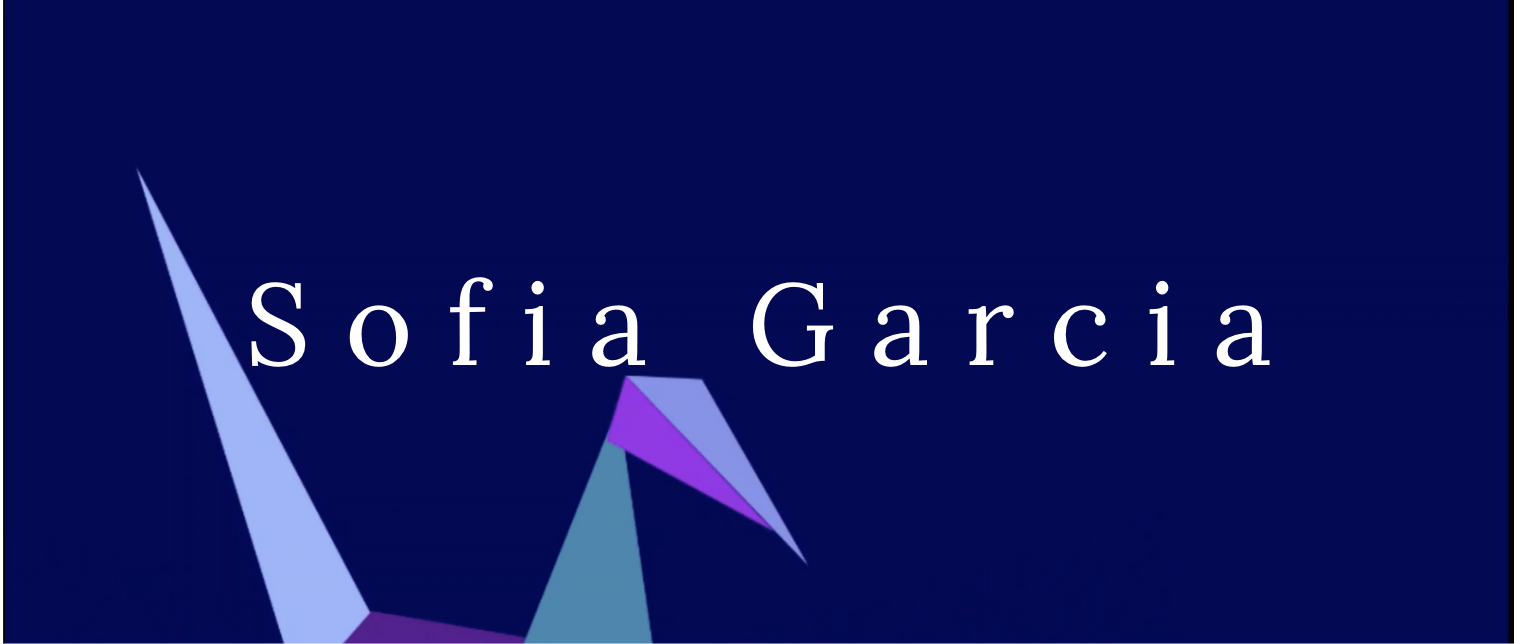
Cranes in the Sky — KayllaTorres Collection
Apart from your own work, what at FemGen most resonated with you? And why?
I didn’t have my own work up there, but I had some of my students’ works up there, which was wonderful to see. Code/Art is a non profit I am currently on the board of that teaches young girls how to make art with code. I was the founding director of education when the organization started in 2016 and set up the curriculum the girls use to this day, so seeing their work alongside giants of the industry was super inspiring. Apart from getting all this female talent under one roof, which was amazing, seeing our girls celebrated during this moment resonated with me most.
What inspired you to start to code? Who were your role models and/or teachers?
I learned to code out of frustration with the art world I was living in at the time. I was working at a gallery, but was feeling stuck in terms of job prospects, so I decided to take up a computer science course just to see what this coding thing was all about. It was the best decision I ever made. Coming out from an arts education, I was really able to see the human/artistic side of code which I thought was fascinating. For the first time, I could see the role human creativity played in the technology that surrounds us. From there, I became obsessed with the history of computer art and it was during this phase of research I found my first role model: Vera Molnár. Vera is considered one of — if not, the first- women to make art with code and it was her work that O first tried to emulate and copy with code. When I started running workshops at Girls Who Code and, later Code/Art, I would ensure to always teach the girls about her — she paved the way for so many of us.
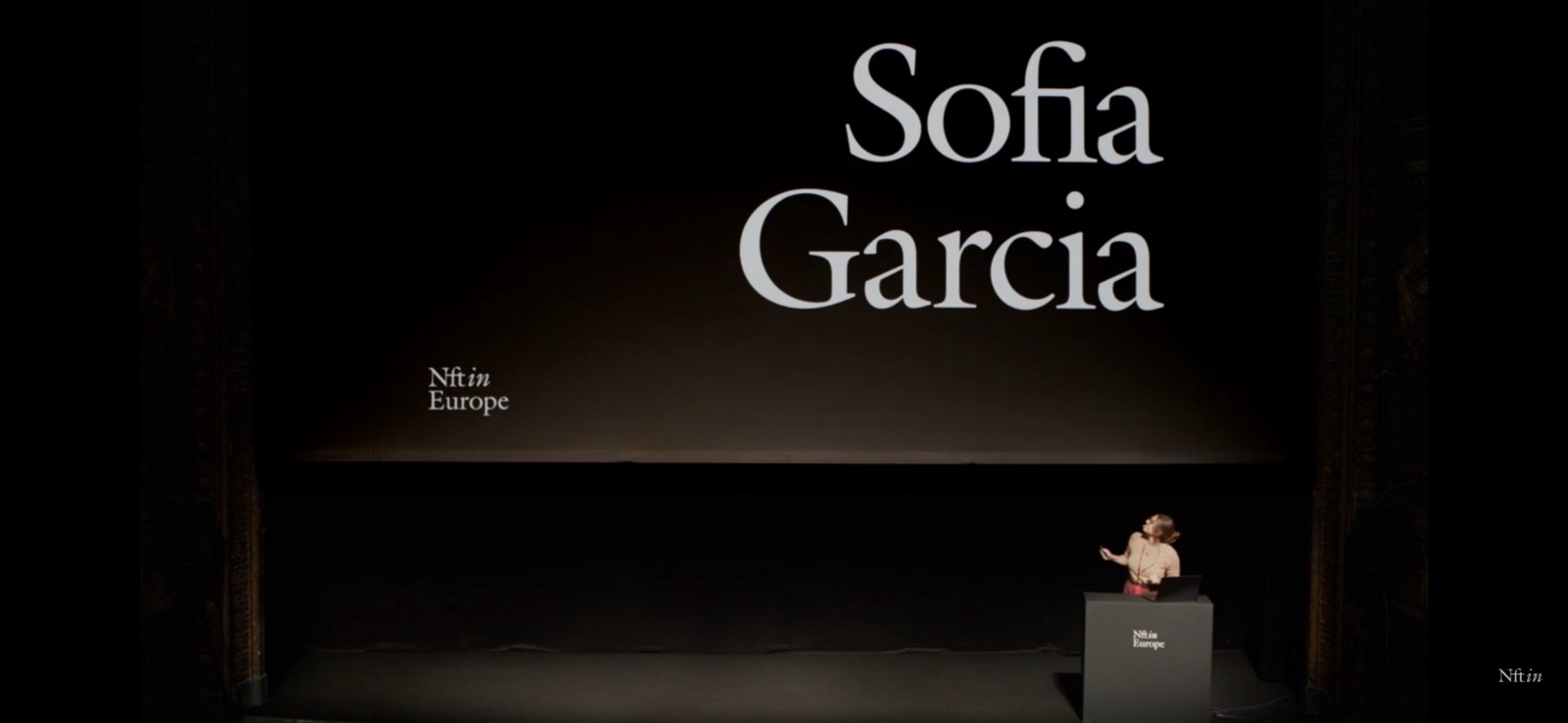
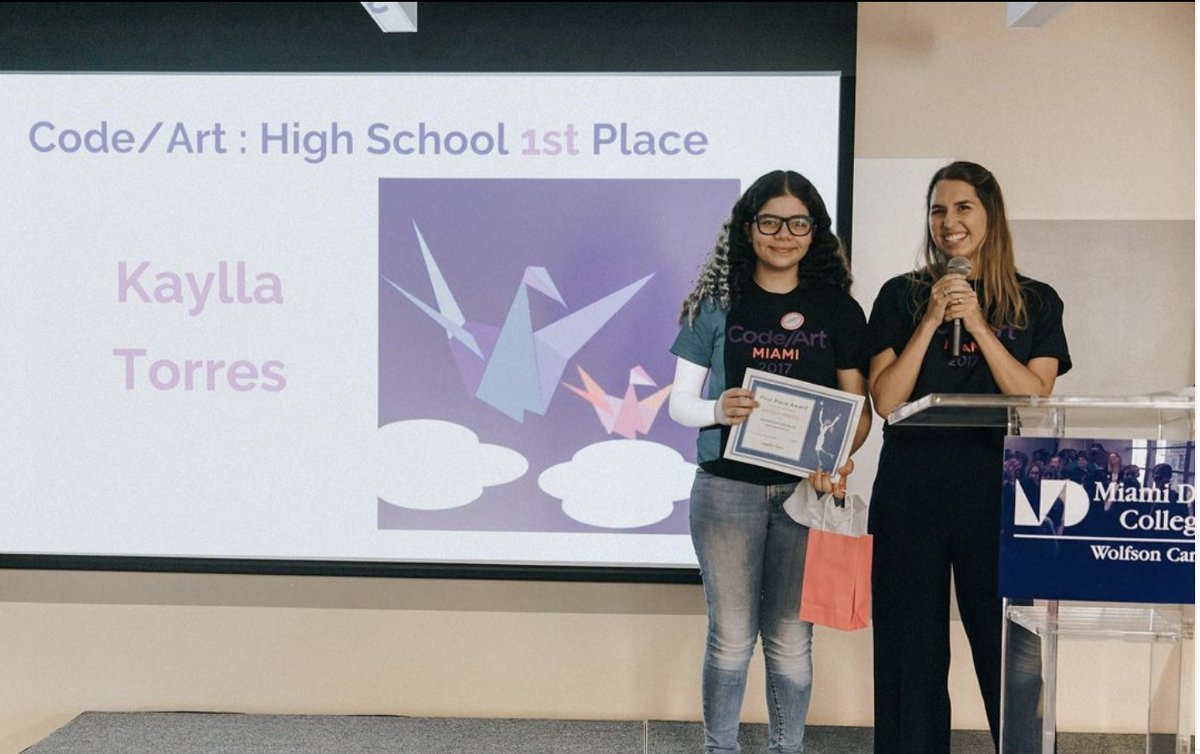
Armory 2022 with @danvas.art + NFTs in Europe with @nft_in_ (top) | Sofia Garcia announcing Kaylla’s artwork as the Code/Art winner in 2016 (bottom)
How would you characterise the FemGen mission/movement?
Really to help make sure our stories are told and celebrated: we are the women of generative art. When we think about the market, or look at the press that dominates public conversation, it is usually surrounded by men. These men are wonderfully talented people, however I think holding space to celebrate who we are and everything we’ve done is really important. I’m so glad VCA and Right Click Save decided to do this, I knew instantly I had to be involved in some capacity.
What would need to be true for this vision to be realised in future? What might stand in its way?
On a local level: teaching more girls, engaging them with technology, the history of computer arts, and ensuring there is a space for them in the creative and technical arts. Also, another part of this is advocating women and girls to be vocal around their work. One of the biggest findings from my experience as a curator, dealer, plus someone who has worked with ArtBlocks and other platforms, is that it is increasingly difficult to find talented women — not because they don’t exist- but because they are not nearly as vocal online as our male counterparts. It’s not objectively a bad thing to avoid social media, but it does show that women are a bit more reserved in showcasing their works, which affects visibility and the ways that we can find them. One of the things we are prioritising is teaching girls at a young age to share their work, be more vocal, because we need to find their work in order to celebrate it. Events like FEMGEN are really helping to pave the way.
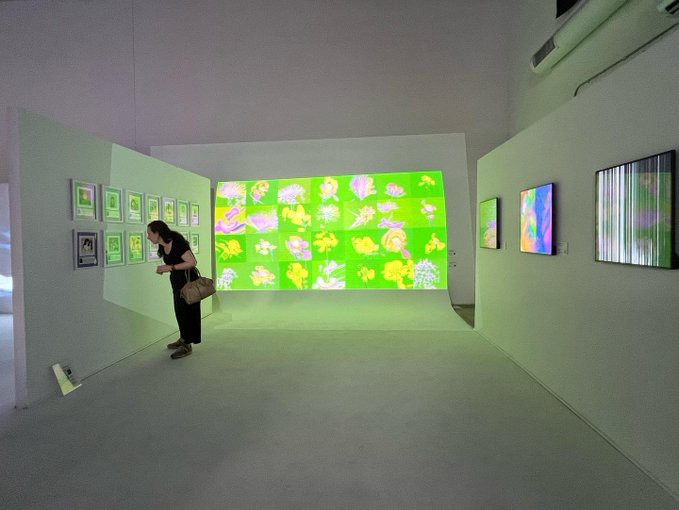
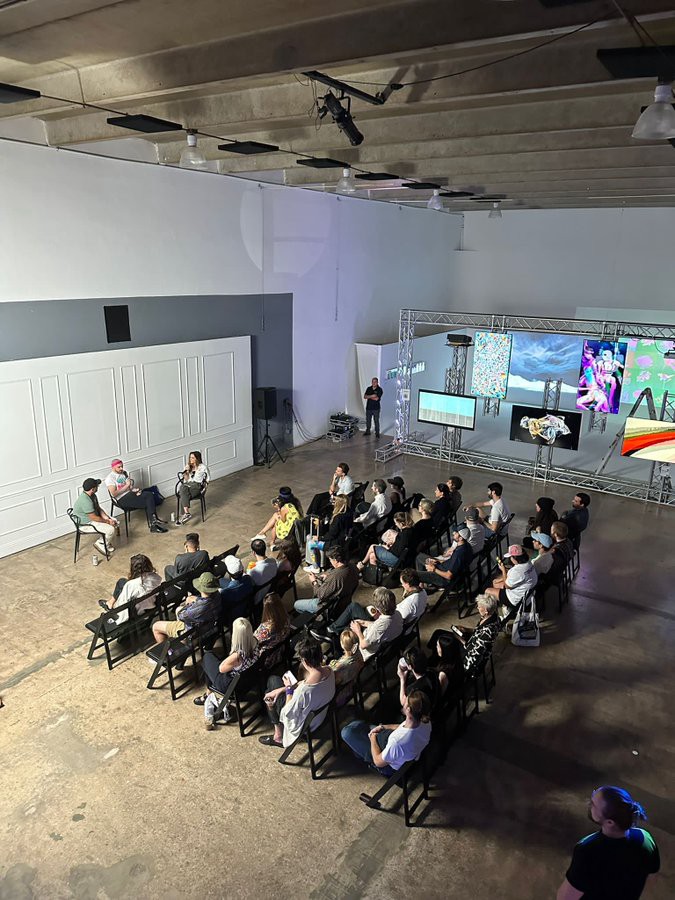
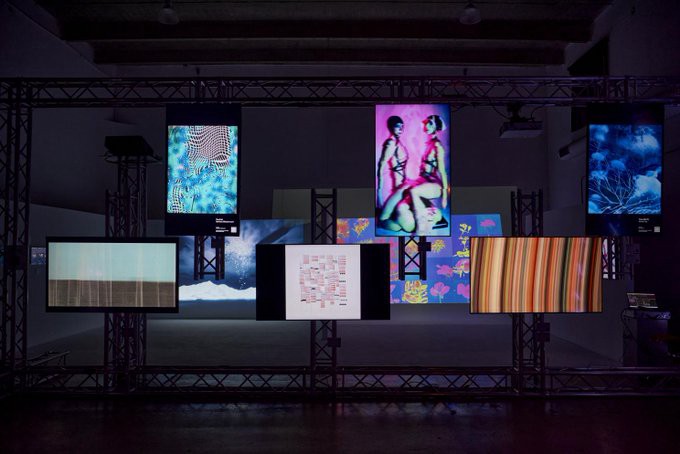
Tell me about your techniques for overcoming creative blocks, learning to code, and collaborating with others please?
Just keep moving. Even if I mess up, fall on my face, or am stuck, its to just get up the next day and go at it again. Sometimes you may need a week, a fortnight, a month to take a break — as long as you get back to it. You can fall off the horse and get back on again. If you fail, so what?
Congratulations on the success of artxcode. One of its recent collections is “LOVE: The Tennis Project’’ by Martin Grasser. In a recent twitter thread you shared your surprise upon reviewing the first mints and finding that creator’s fees were set to 0% by OpenSea despite using ArtBlocksEngine’s smart contract. Please outline the issue/debate here with royalties? What short, and long term, solutions or approaches are necessary across the ecosystem from your perspective?
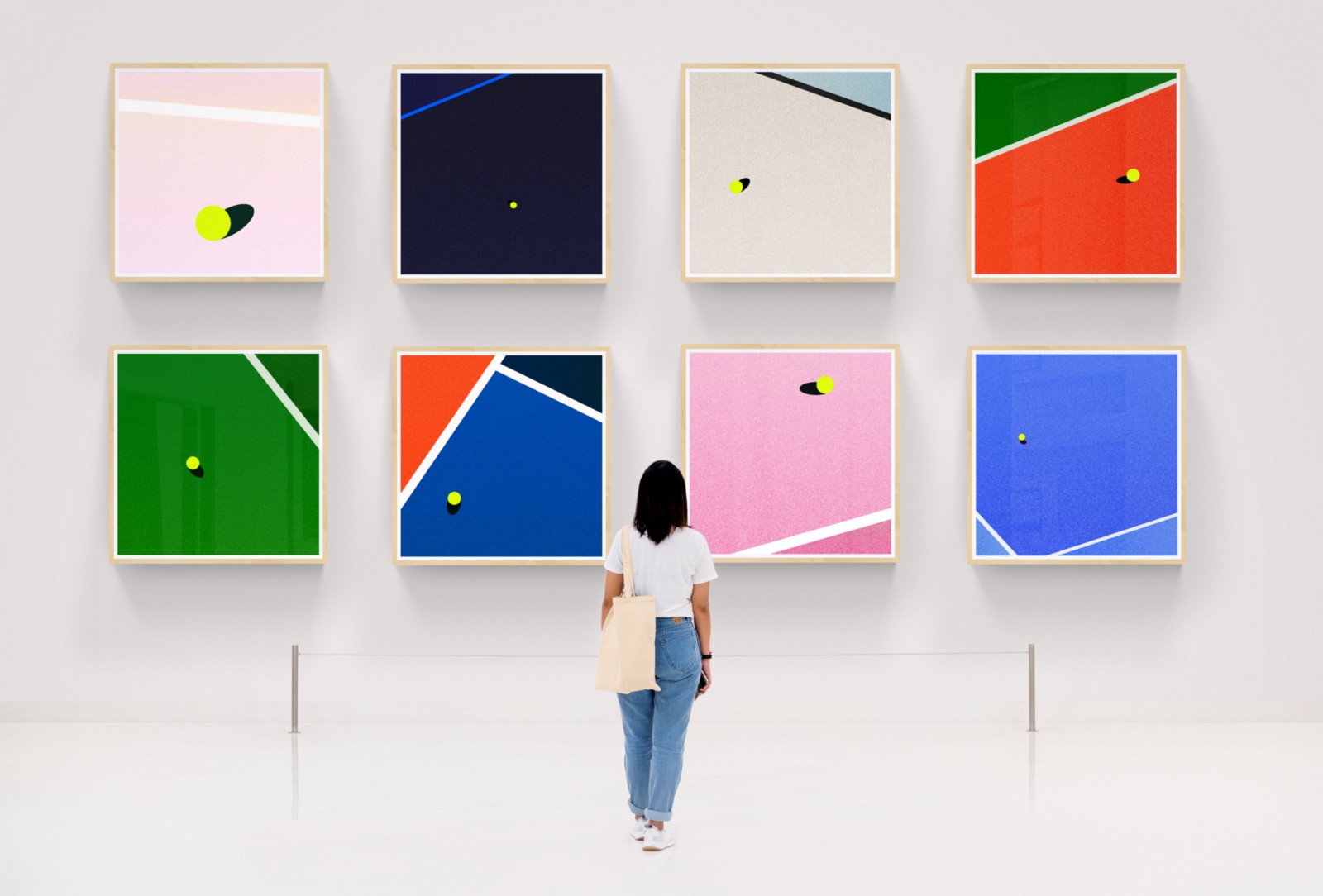
Martin Grasser — LOVE : The Tennis Project — ATP Tour x Art Blocks Engine x Art/Code
So the subject of royalties is a pretty complicated one at the moment, and I wish it wasn’t. With the rise of no royalty marketplaces, we’ve seen a lot of buyers/sellers opt to go that route, ignoring the social contract we’ve created that makes the space so exciting for artists. A lot of that has to do with the profile picture projects (PFPs), and more of the trading that goes on between these different NFT asset classes that exist. Unfortunately the art market is being roped into this. My issue with this is two pronged. With collectors/investors, who clearly see royalties exist and agree to buy something which comes with royalties. For those falsely crying victim for having to pay the actual creator of an artwork they are selling (presumably at a profit) and then actively attempting to circumvent them is just wrong.
Everything on the blockchain is public information: If you see a digital artwork holds royalties, and you don’t want to participate in royalties, then just don’t buy the work — that is my fundamental belief. Vote with your wallet and buy work that aligns with your royalty beliefs. My assumption is that if this trend continues, artists will begin taking action and only sell work to collectors that respect their royalties. Why would they sell to people that don’t respect their livelihood, you know? Royalties allow artists to directly participate in the upside of their success.
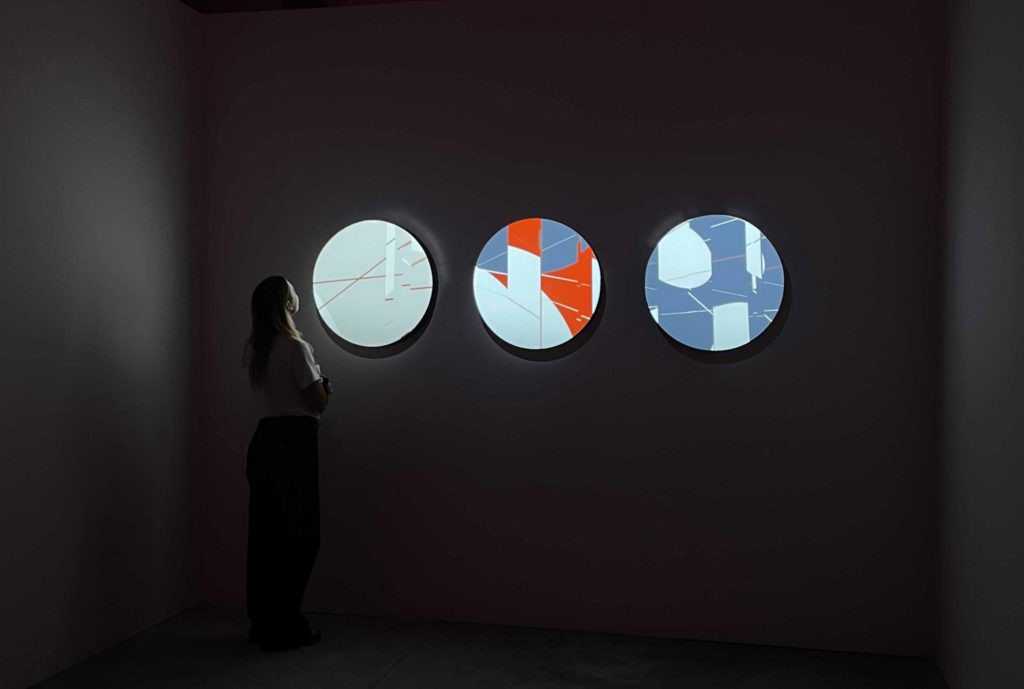
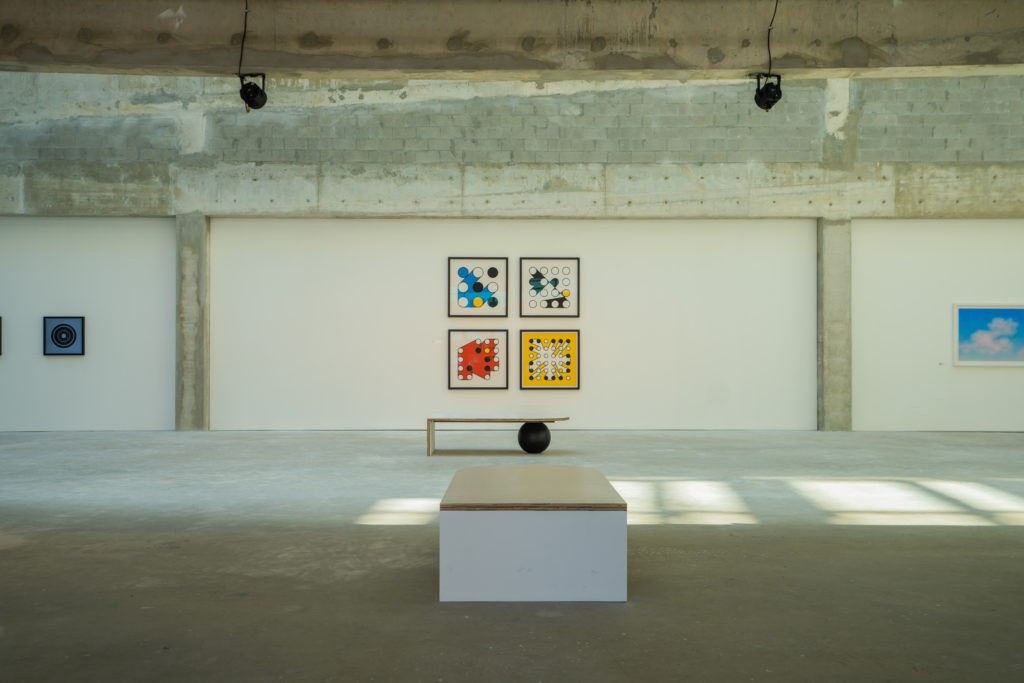
Casey REAS (top) | Ringers by Dmitri Cherniak (bottom)
The second part is in regards to OpenSea’s approach to dictating how people should sell things. While I am not a fan of these no royalty marketplaces, if someone decides to sell there, that is ultimately on them — A major part of the ethos of this ecosystem is freedom and decentralisation. So, this initial idea of defaulting to zero percent royalties on OpenSea unless you follow their rules of blocking other marketplaces was very disturbing to me. I’m happy to see they’ve partially reversed this and now allow collectors to provide royalty payment and have additionally taken away the centralised approach to this by creating a consortium of marketplaces that respect royalties — by no means is this perfect and there’s still plenty to be critical of, but it’s better than what they were working with just a few weeks ago. Personally, it was very frustrating to see an artist I work with get denied their royalties because of some rule they put up to seemingly protect their market share. Its very shortsighted. Just honour artist royalties, or at the very least give collectors who want to honour them the option to do so.
One thing I have to say though is after LOVE was launched, we had a number of collectors reaching out directly to provide those royalties in support of the artist. THAT is what this ecosystem is all about. It’s not about those trying to make a quick buck, but the community of artists and collectors that genuinely care about one another and the relationships we’ve built with each other. It’s truly a beautiful thing.
In November you raised over $5,000 for charity! Through direct donations, as well as support from the community in the form of a percentage of royalties, which went towards helping the next generation of women in creative technology (via code/art which you sit on the board of). In Please share the impact this, and other initiatives it inspires, has?
So… we actually raised a little over $10,000! It’s been incredible! It was really inspiring for me to see the community make it clear that bridging this gap of gender equality and getting to help girls at a really young age was important to them. I was honoured to be able to engage this conversation with our community. One of the other ways people can do this is to host workshops in their own town. I’ve seen artists do this in Panama, Texas, Seattle, etc and even team up with local school programmes, which is so very important. Another part is just supporting women who are producing their art. Share it, buy it, support it in any way you think is helpful. You don’t always have to support with dollars, even having a conversation and just reaching out to an artist to tell them their work is amazing can be so impactful. Imposter syndrome is real, as are doubts, so do what you have to do (like sharing it on instagram or twitter), it doesn’t mean spending lots of money (though if you want to, I won’t stop you).
You’ve deep experience sitting at the intersection between finance, computer science, and art. “Artistic” concepts such as creativity, sensibility, and emotion exist, for many, in direct opposition to the rational and analytical precepts commonly related to finance and computer science. Given your experiences across institutions such as JPMorgan, ArtBlocks, and founding ARTXCODE, how has the relationship between these disciplines evolved? And, looking ahead, what are the most effective means (methods, tools, techniques, resources) artists can co-opt to engage with financial and computer science principles? And/or vice versa (finance, mathematics, and computer science majors keen to understand, engage, and adventure into artistic endeavour)?
This is a great/loaded question! The relationship between working at JP Morgan, working with ArtBlocks, and founding ARTXCODE are all so intertwined. I founded ARTXCODE as a side project in 2016, and it was really only able to exist as it does today because of my job at JP Morgan. I was able to use my paycheck there to buy artwork and put on shows, but more than anything it was really a just special time when I was finally able to make a living for myself, live in NYC, go to art and blockchain events, and still be able to support this side project just for fun.
I was a developer and designer at JP Morgan, so I was able to hone my craft by focusing on web architecture, interaction design, animation, and (towards the end of my time) while on their crypto/blockchain team, I was looking into strategies wherein institutions could work and engage with NFTs. The corporate side was valuable careerwise, especially learning how to navigate the political landscape within a work ecosystem and being your own advocate to get things done. One of the things that I think is really helpful for artists to know: learn about the business side of your work, establish some financial literacy, and think about your strategy. For collectors: remember artists are not a commodity, so don’t speak of them as if they work for you in any capacity.
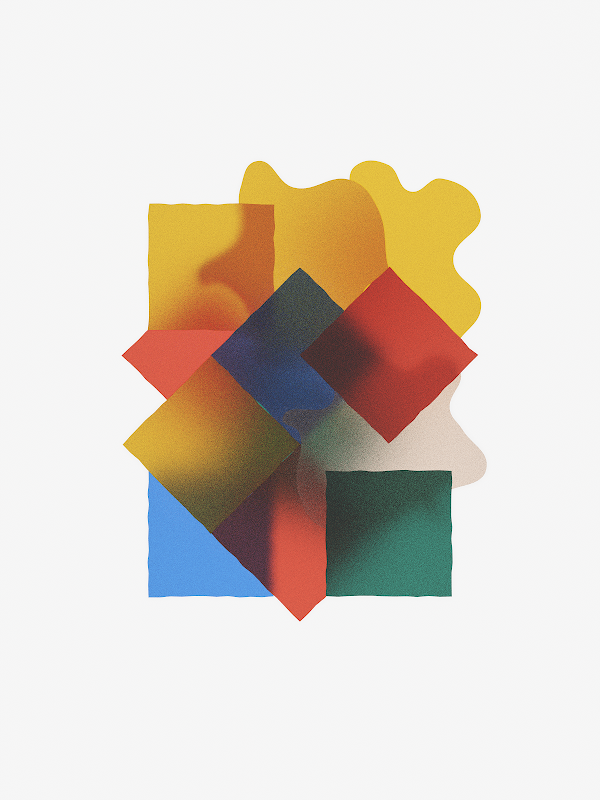
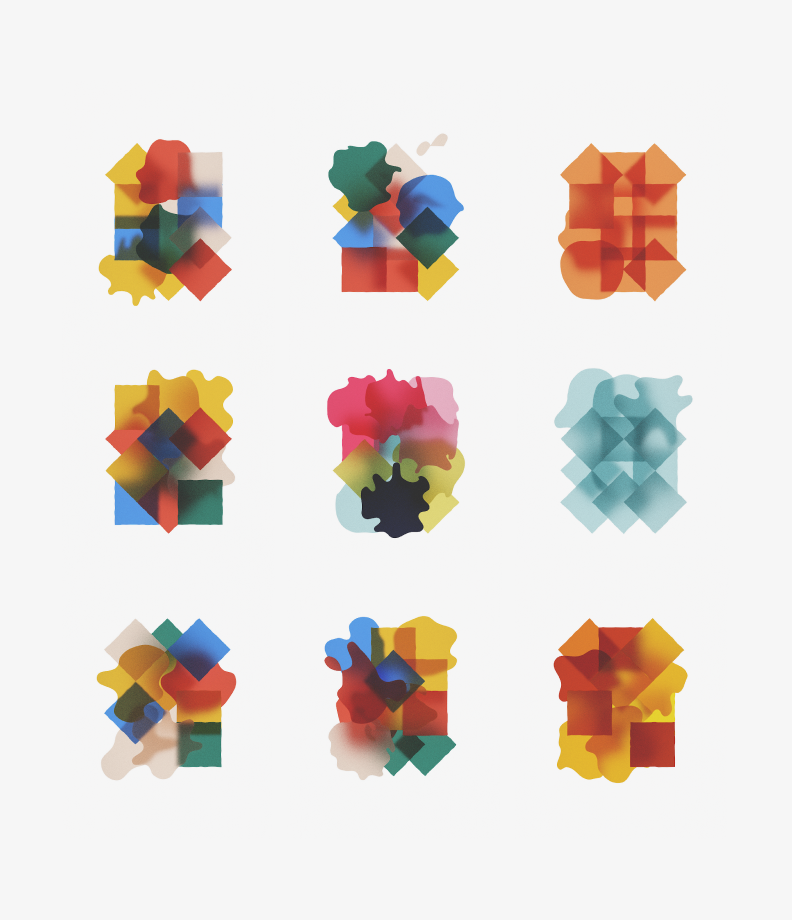
That is one of my biggest gripes with some of the (anon) collectors out there — some of whom may just be trolling online — but really, the ways in which I hear people speak to artists can be completely discouraging, even as someone who works in the space that isn’t an artist herself. For creatives who are afraid of coding and mathematics. I think they would be pleasantly surprised with how much fun it is once you have learned some of the foundational knowledge of computer science. It can’t be said enough just how helpful Daniel Shiffman’s Youtube Channel is (The Coding Train). It is one of the most cited sources of inspiration and knowledge for so many of us in the space. Once you play around with visual arts via programming, you can actually see just how fun it can be. You don’t have to be a calculus major or advanced computer scientist, you just need to have some vision and some fun. I see this with my students in the fifth or third grade, playing around with p5 and different javascript programmes. If they can do it, we can all do it-Which is amazing to see and maybe means a lot of us are getting in our own way. This takes us back to that key idea: keep going. If you are just getting started in the space, just keep going, keep absorbing all of this information and one day… it will all click.
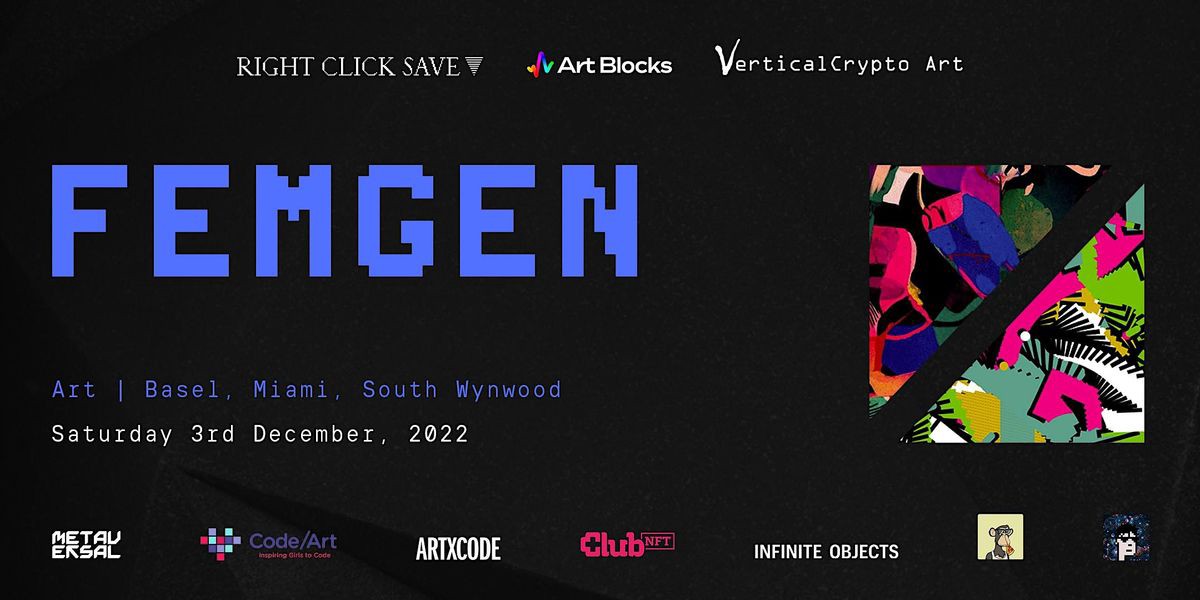
Papa — linktr.ee/papajams

